This is an opinion editorial by Jesse Shrader, the co-founder and CEO of Amboss, a Lightning Network explorer and analytics tool.
For years, you could basically only do two things on the Bitcoin network: You could save BTC or you could spend it. Then, a late 2021 privacy upgrade had the unintended consequence of allowing data storage on the Bitcoin blockchain, resulting in NFT-like inscriptions and BRC-20 tokens, both applying Ordinal Theory for asset tracking.
The popularity of NFT-like Ordinal inscriptions and the experimental BRC-20 token standard has driven up transaction costs across the Bitcoin network. The frothy demand for “stamping” limited block space with new data pushed transaction costs so high that in May 2023, Binance twice had to pause BTC withdrawals, a risky and undesirable step for a global exchange. To help manage the transaction costs, Binance announced it would start using the Lightning Network — a decentralized, Layer 2 network designed for fast transactions bypassing the underlying Bitcoin blockchain— to process BTC withdrawals.
While some argue that Bitcoin should stick to being digital gold, I don’t see it that way.
As a store of value, bitcoin will continue to provide a trustless alternative to central banking; other uses of its immutable blockchain don’t diminish this function. On the contrary, emergent uses of the Bitcoin blockchain will drive more efficient use of the limited block space, leading to broad adoption of Lightning Network as a scaling solution for bitcoin as a global currency. The Lightning Network’s growth will provide a trustless alternative to centralized payment processors, expanding Bitcoin’s utility.
Challenges Faced By BRC-20 Tokens
The BRC-20 token standard is extremely new — created in March 2023. If its name sounds familiar, that’s because it’s somewhat akin to ERC-20 tokens such as Shiba Inu and MakerDAO that run atop the Ethereum network. Whereas Bitcoin has traditionally been about storing and transmitting value, BRC-20s allow for other assets to be “minted” in an Ordinal inscription. Now, a slew of BRC-20s have popped up for trading and speculation, many in the form of meme tokens, from PIZA to MEME. As of June 26, 2023, the market cap for BRC-20 tokens was over $260 million, according to CoinGecko.
But all of this minting is driving bitcoin transaction costs higher. That’s not necessarily bad for bitcoin miners, who earn BTC by processing transactions. CoinDesk reported in early May 2023 that some BTC miners were earning more by collecting transaction fees than they were by creating new BTC. That’s quite a lot, considering each block reward currently nets miners 6.25 BTC (worth roughly $188,000 at the time of writing).
As for whether this is good for users, that’s debatable. The average bitcoin transaction fee recently hit a two-year high, peaking at $30.91 on May 8, 2023, despite a bear market; those abstaining from BRC-20s are likely grumbling about increased fees. On the other hand, the introduction of the BRC-20 token standard has inspired deeper conversations about network scaling for Bitcoin.
Already Making An Impact
At the moment, BRC-20s lack some of the utility of their ERC-20 cousins. They don’t, for instance, use smart contracts, and their utility is mostly the same as PFP NFTs, leading many to argue they’re not worth the cost.
It remains to be seen whether the demand for Bitcoin-based tokens is sustainable or whether such activity will get redirected to other, more permissive or centralized networks.
In one scenario, higher fees could force Bitcoin’s traditional users away from the network. This is unlikely. Bitcoin’s unchanging and conservative monetary policy remains the primary attraction; the network has no real competition in this regard as a hedge to monetary debasement.
But assuming Ordinal inscriptions and BRC-20 tokens show the same staying power as memecoins and NFTs on other networks — Shiba Inu, remember, has a market cap of $5 billion and Bored Apes are virtually a household name — they will keep driving transaction fees above their historical average.
This could have long-term impacts on Bitcoin users.
In particular, higher transaction costs create a demand for more efficient transactions. While some of this can be done at a protocol level (e.g., SegWit, the contentious 2017 upgrade to Bitcoin that enabled leaner transaction sizes by separating the signature data from the transaction data), much of it can come from scaling technologies on a second layer.
Enter: the Lightning Network, which batches transactions via long-term smart contracts and uses Bitcoin’s underlying security to allow fast and cheap payments.
Future Solutions
Lightning Network fees are extremely modest compared to on-chain counterparts. While the fees do fluctuate, the overall network fees have not increased as a result of BRC-20s or inscriptions. The network currently charges fees to reward network node operators. According to data available via Amboss’ Bitcoin Lightning Network analytics platform, the median fee remains 0.002%. Compare that to traditional payment networks, which charge 2% to 3% of the payment amount every time you swipe your credit card.
The Bitcoin community is currently subsidizing the creation of the payment network, driving Lightning fees extremely low. Even with increased demand over time, sustainable fee rates for Lightning should grow to around 0.03%, based on less generous operator behavior.
Primed To Become The Default Global Payments Processor
The combination of Bitcoin monetary policy and Lightning’s transaction network is a potent one. Bitcoin has long presented itself as an alternative to a broken central banking system. But through competitive uses of its unforgivingly tight blockchain, the efficiency gained through Lightning transactions is more prescient than ever.
Though the Lightning Network has been years in the making, it is maturing at the perfect time — ready to enable billions of transactions across the network — and become the global de facto payment processor.
This is a guest post by Jesse Shrader. Opinions expressed are entirely their own and do not necessarily reflect those of BTC Inc or Bitcoin Magazine.

You can get bonuses upto $100 FREE BONUS when you:
💰 Install these recommended apps:
💲 SocialGood - 100% Crypto Back on Everyday Shopping
💲 xPortal - The DeFi For The Next Billion
💲 CryptoTab Browser - Lightweight, fast, and ready to mine!
💰 Register on these recommended exchanges:
🟡 Binance🟡 Bitfinex🟡 Bitmart🟡 Bittrex🟡 Bitget
🟡 CoinEx🟡 Crypto.com🟡 Gate.io🟡 Huobi🟡 Kucoin.

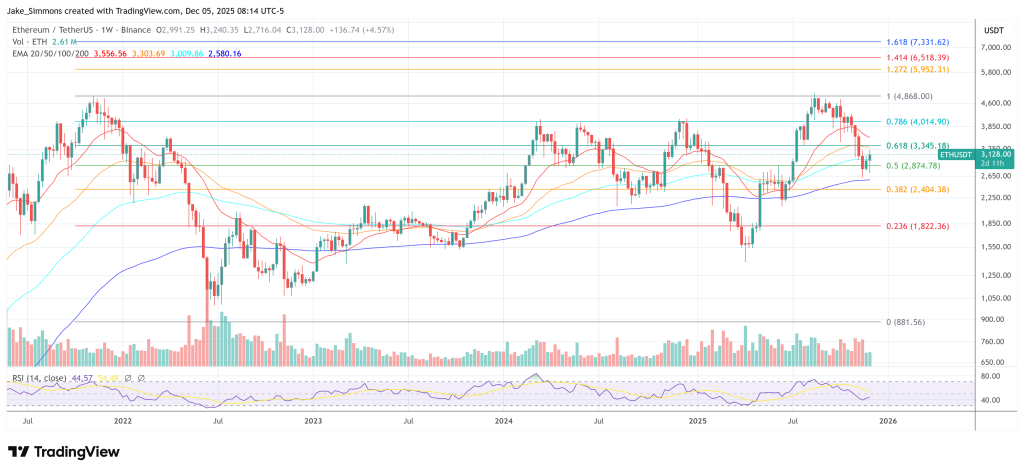


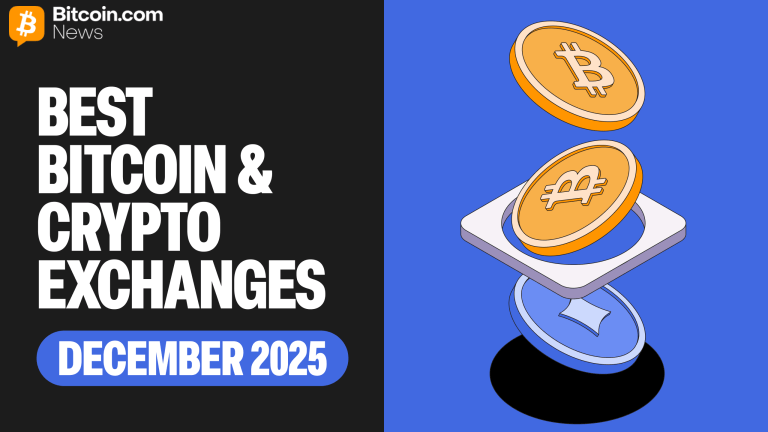

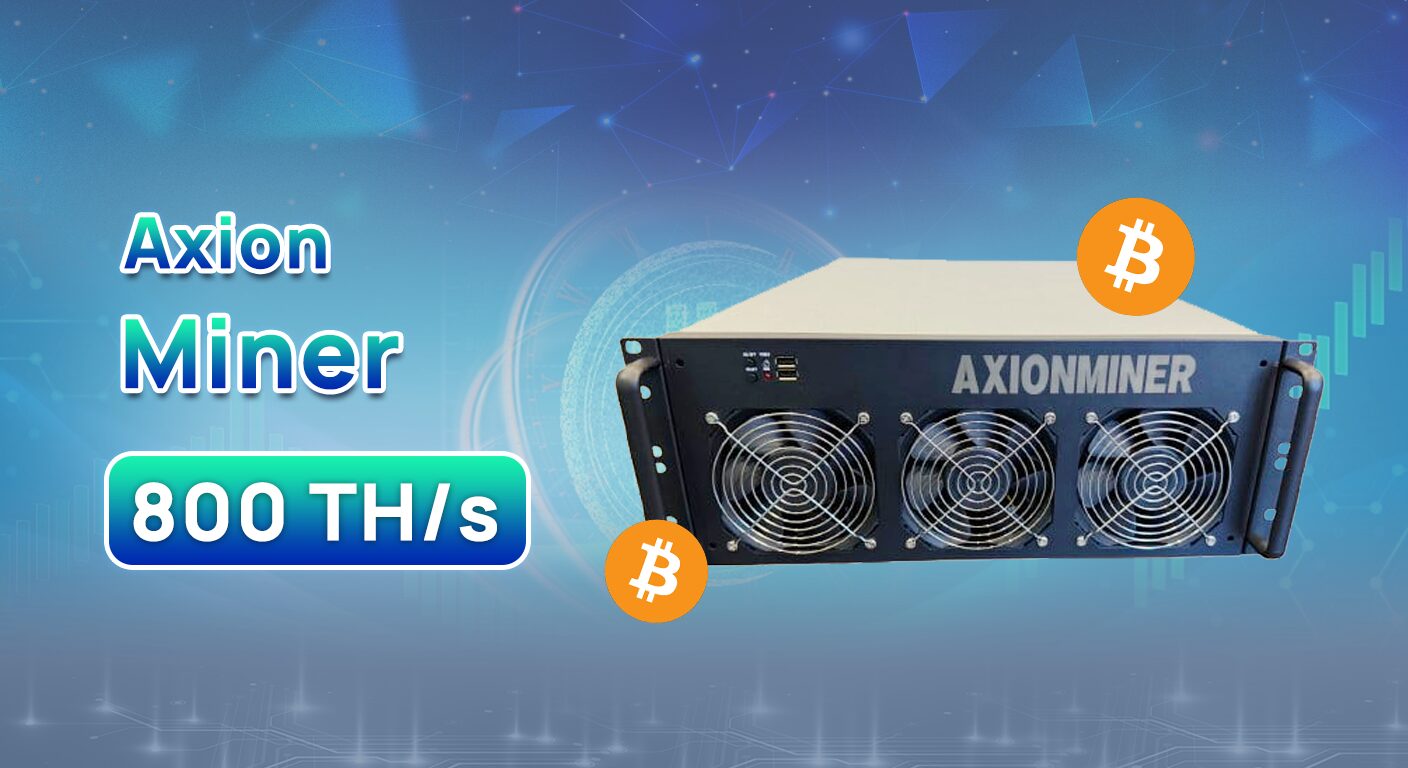
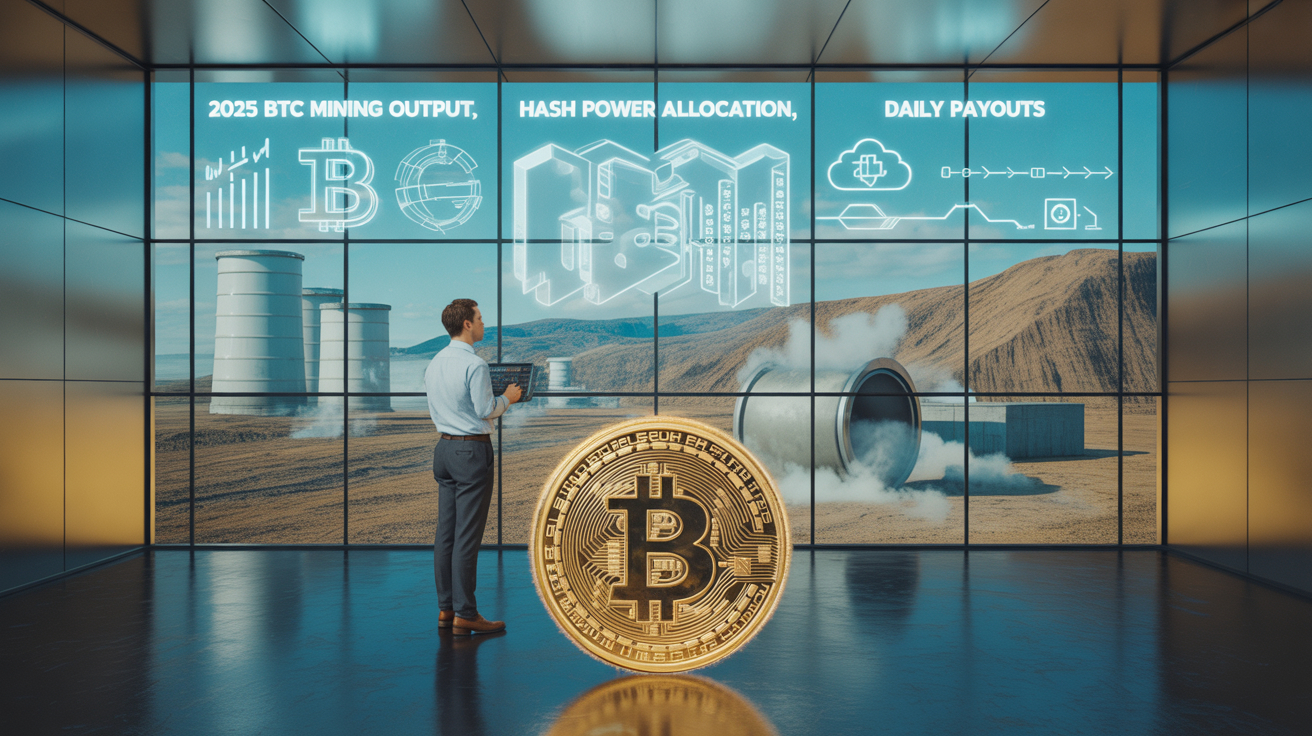
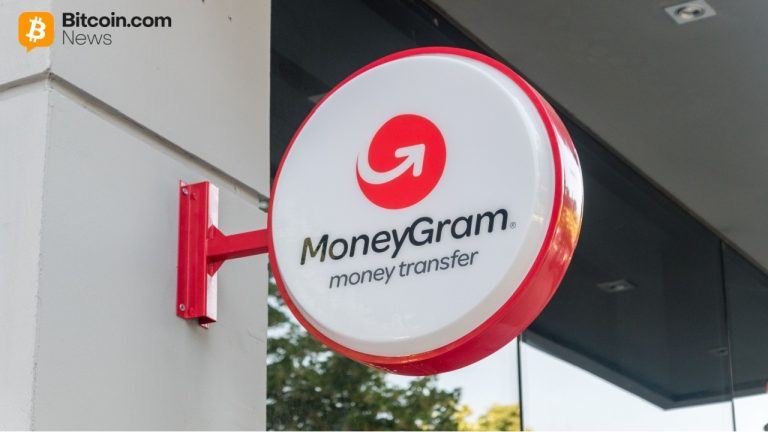




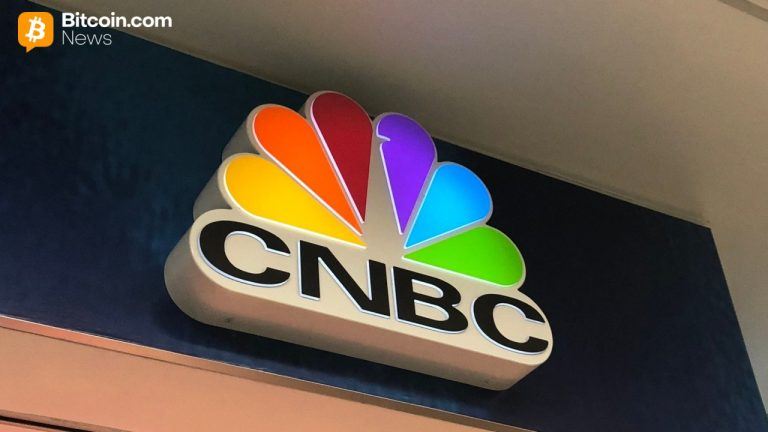
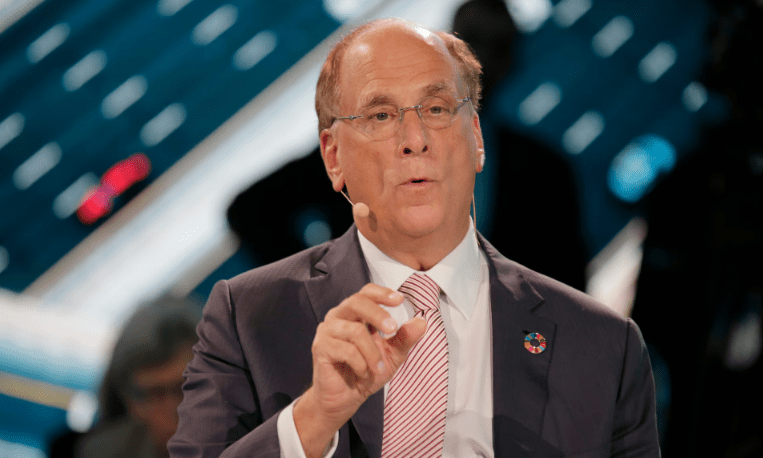
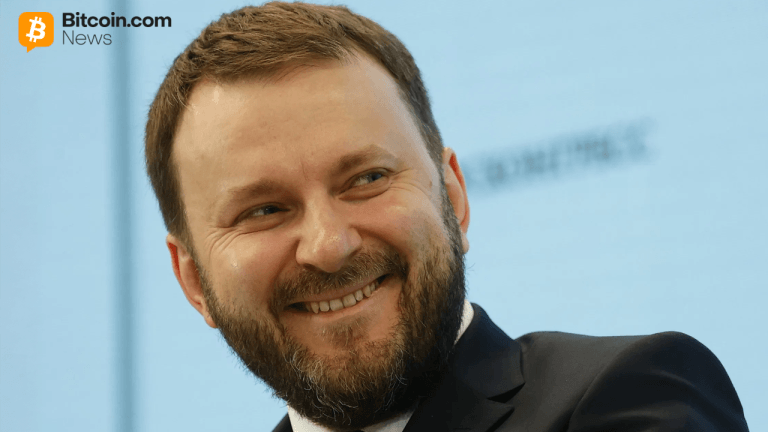


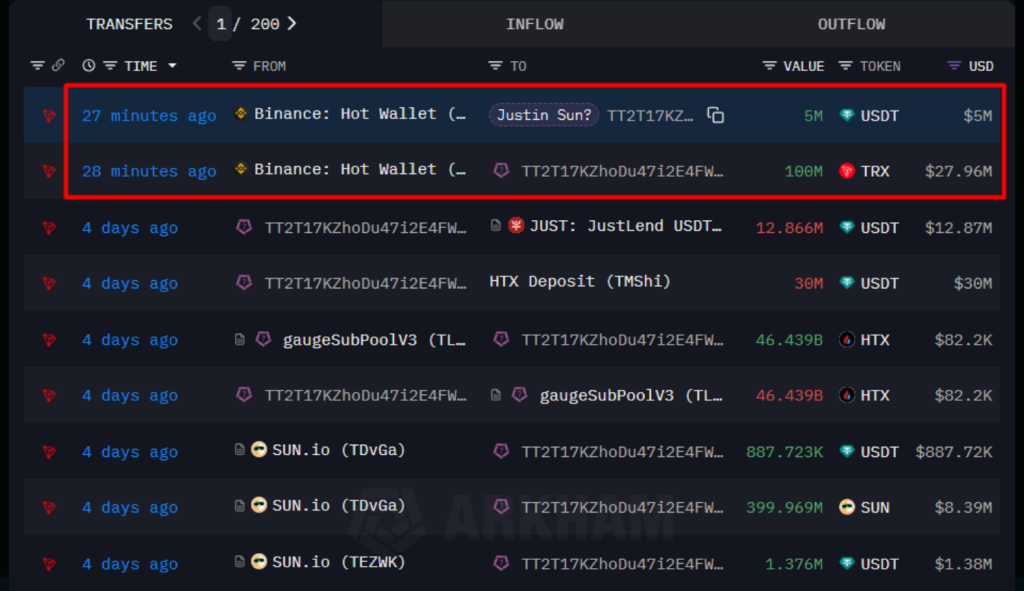
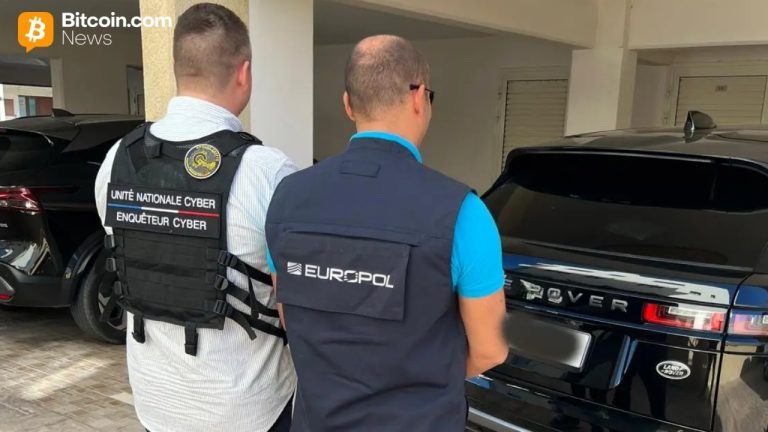
Comments